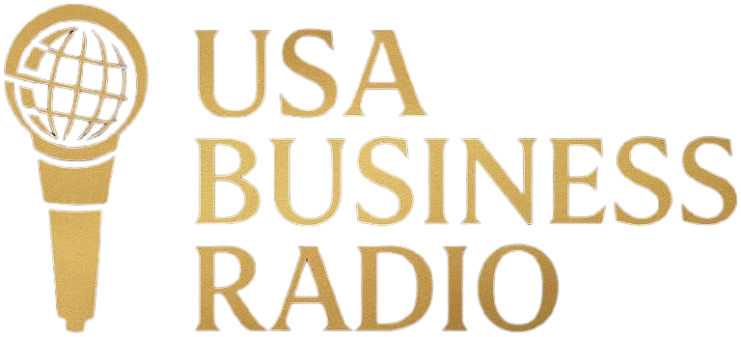Despite the initial market euphoria following President Trump’s announcement of a 90-day pause on new tariffs, investor sentiment has quickly turned sour. The reason? The so-called “pause” doesn’t go nearly as far as headlines suggested. In fact, it may have only added to the confusion.
At the core of the market’s unease is a realization: while Trump paused what he dubbed “reciprocal tariffs,” he left in place a wide range of existing tariffs—including a steep increase on Chinese imports and earlier penalties on traditional allies like Canada and the European Union. For investors hoping for a shift toward predictability, the current state of play feels as chaotic as ever—if not more so.
Markets initially rallied on the news, driven by hopes that Trump’s administration was backing off an aggressive tariff campaign that had sparked global concern. But as the details came into focus, it became clear that the core structure of the tariff regime remains intact. Chinese goods, in particular, are still facing severe penalties—with tariffs now exceeding 125% on many products. These are not just symbolic moves: Chinese components are embedded in supply chains across sectors, from technology and automotive to pharmaceuticals and consumer electronics. Continued tariffs on China mean higher costs, disrupted sourcing, and increased pressure on corporate margins.
Equally unsettling is the realization that the tariffs imposed before the reciprocal round—particularly those targeting Canada and other trade partners—are still in place. These earlier actions had already sent shockwaves through global markets, raising the specter of a fragmented trade system and weakened multinational cooperation. Pausing the reciprocal tariffs, which hadn’t even taken effect yet, does little to offset the damage done by what’s already active. In effect, the White House has hit “pause” on the least impactful part of its strategy while maintaining the disruptive core.
This bait-and-switch has injected further uncertainty into an already jittery environment. Investors are grappling with the reality that tariff policy is being wielded less as a long-term economic tool and more as a day-to-day political instrument. That’s a nightmare for markets, which prize stability and clear signals. The current approach offers neither.
Adding to the instability is the geopolitical backdrop. The trade war with China is no longer just about economic grievances—it has taken on national security, technological, and political dimensions. As the U.S. election heats up, both parties are signaling that “being tough on China” is the new bipartisan norm. That suggests tariffs may not only stay—they could get worse, especially if China retaliates with export controls on critical materials or restrictions on U.S. firms doing business on the mainland.
In short, the market’s souring mood isn’t just a response to tariff policy—it’s a reaction to the lack of a coherent policy altogether. What looked like a deescalation is, upon closer inspection, a muddled and selective reprieve that does little to reduce the underlying volatility.
Investors don’t just want a break. They want a strategy. Right now, they’re getting neither.




